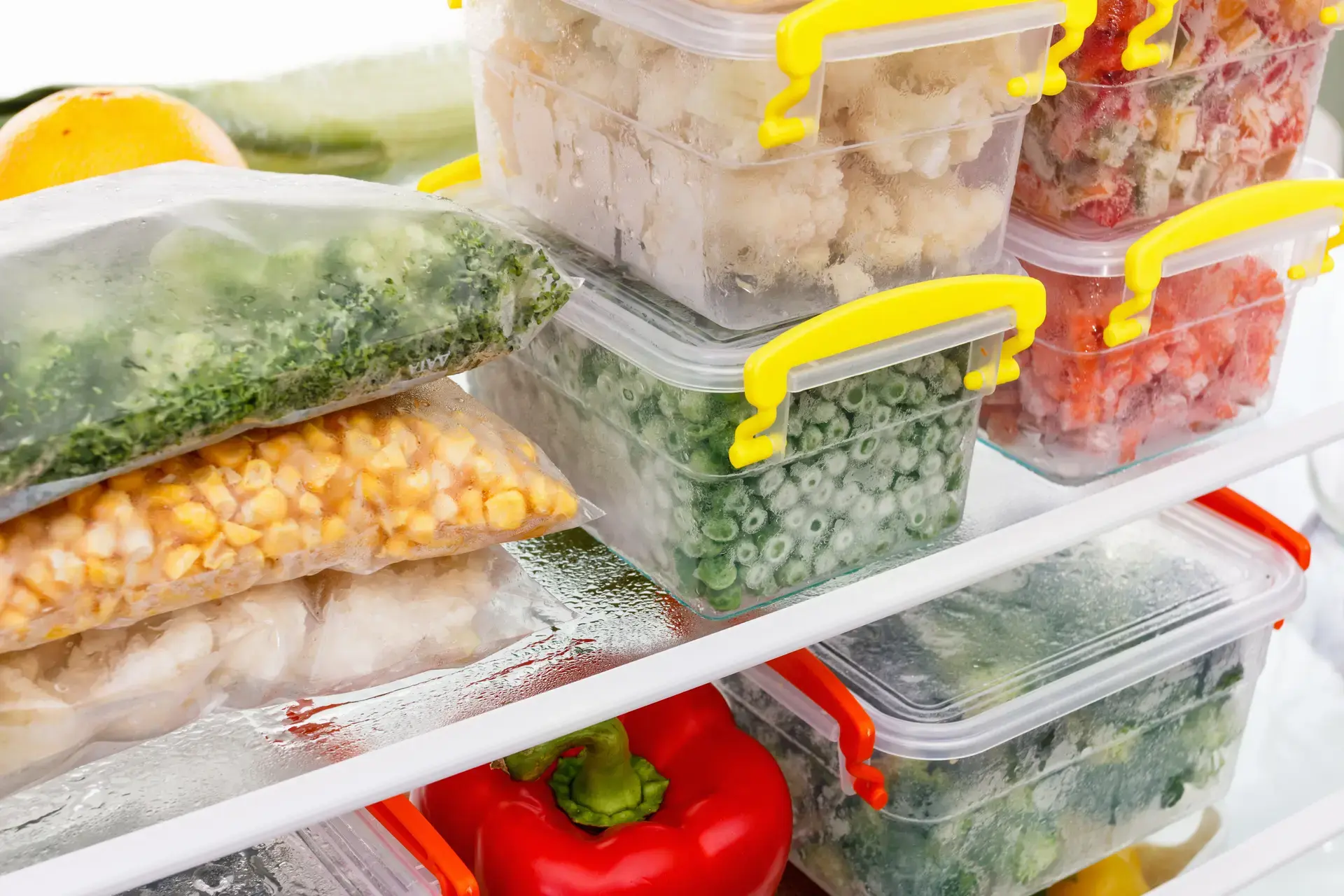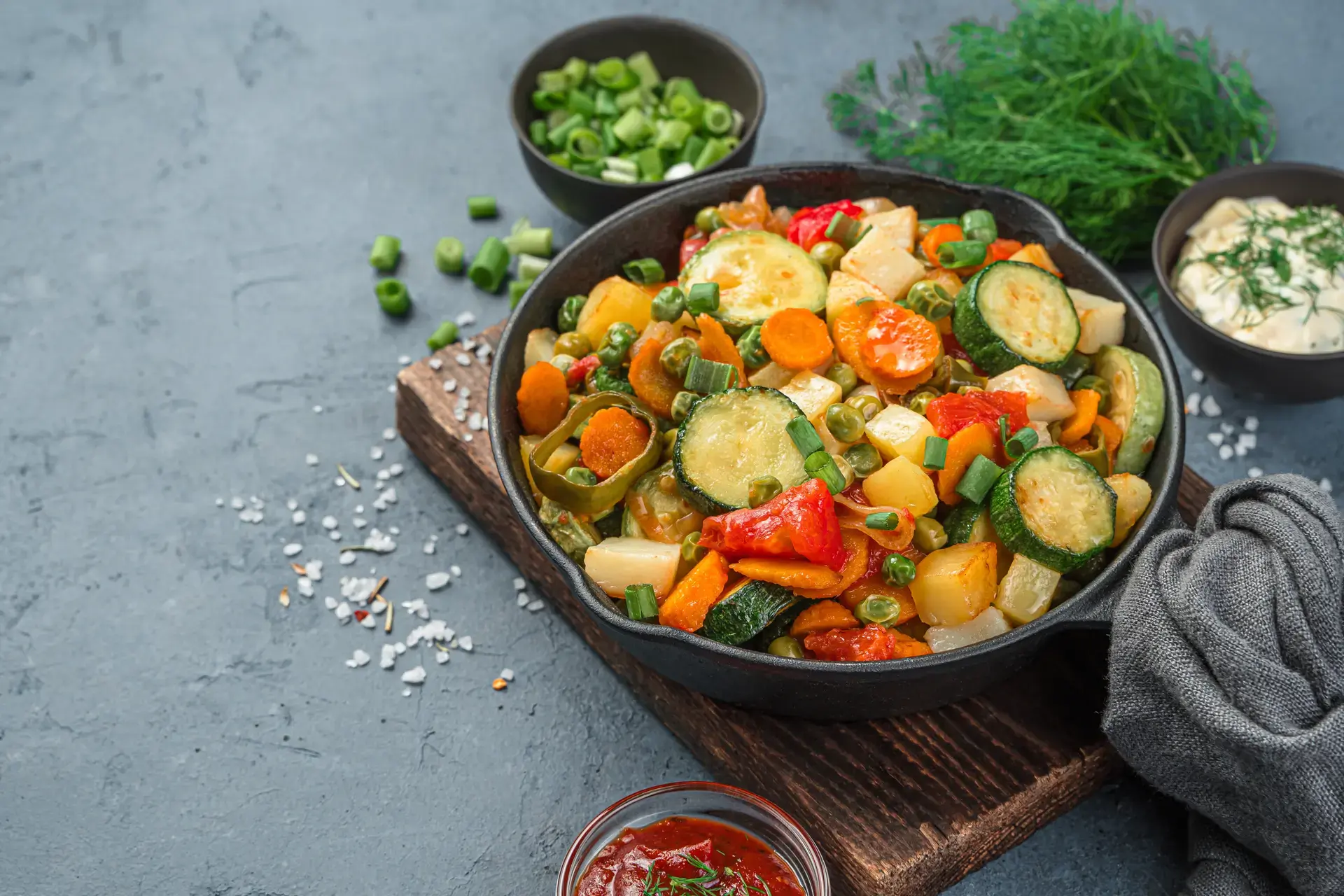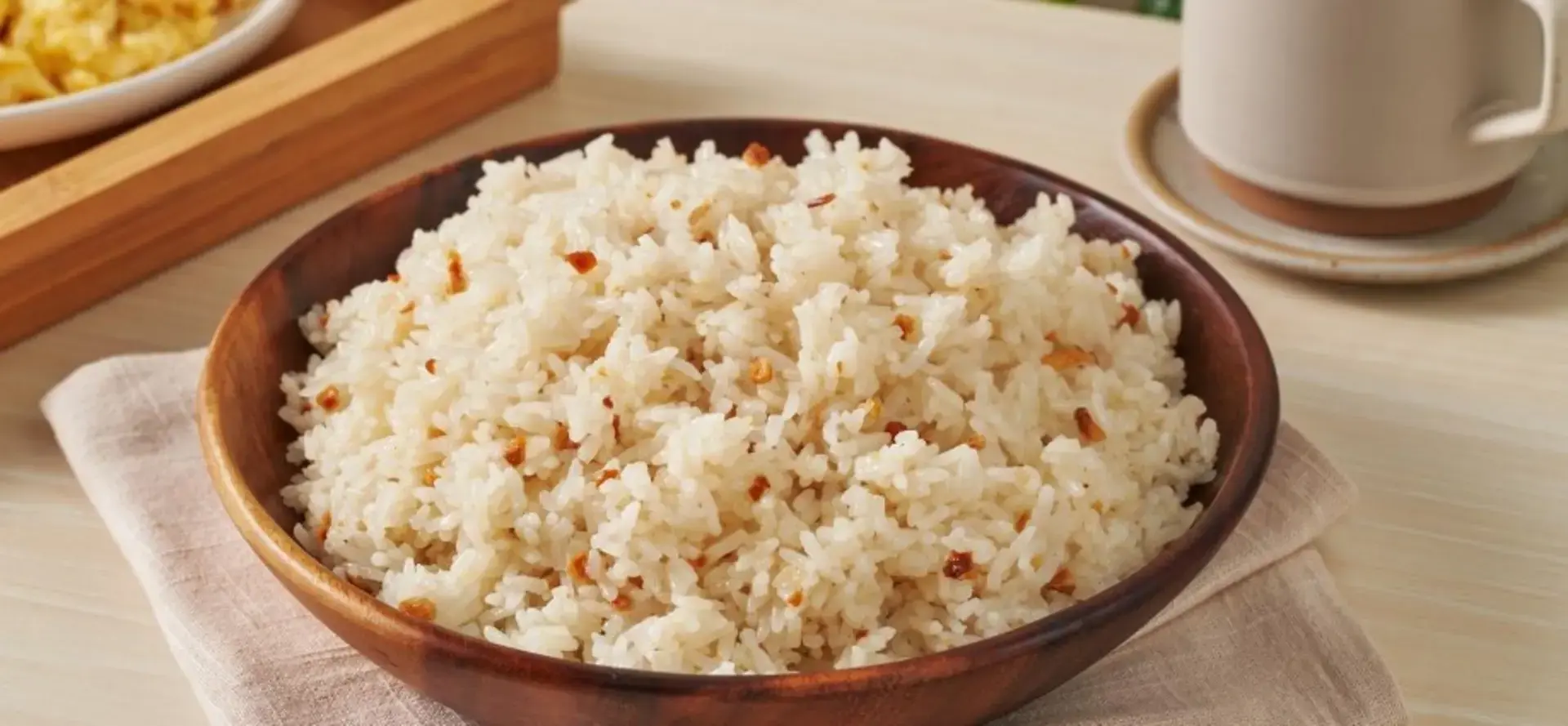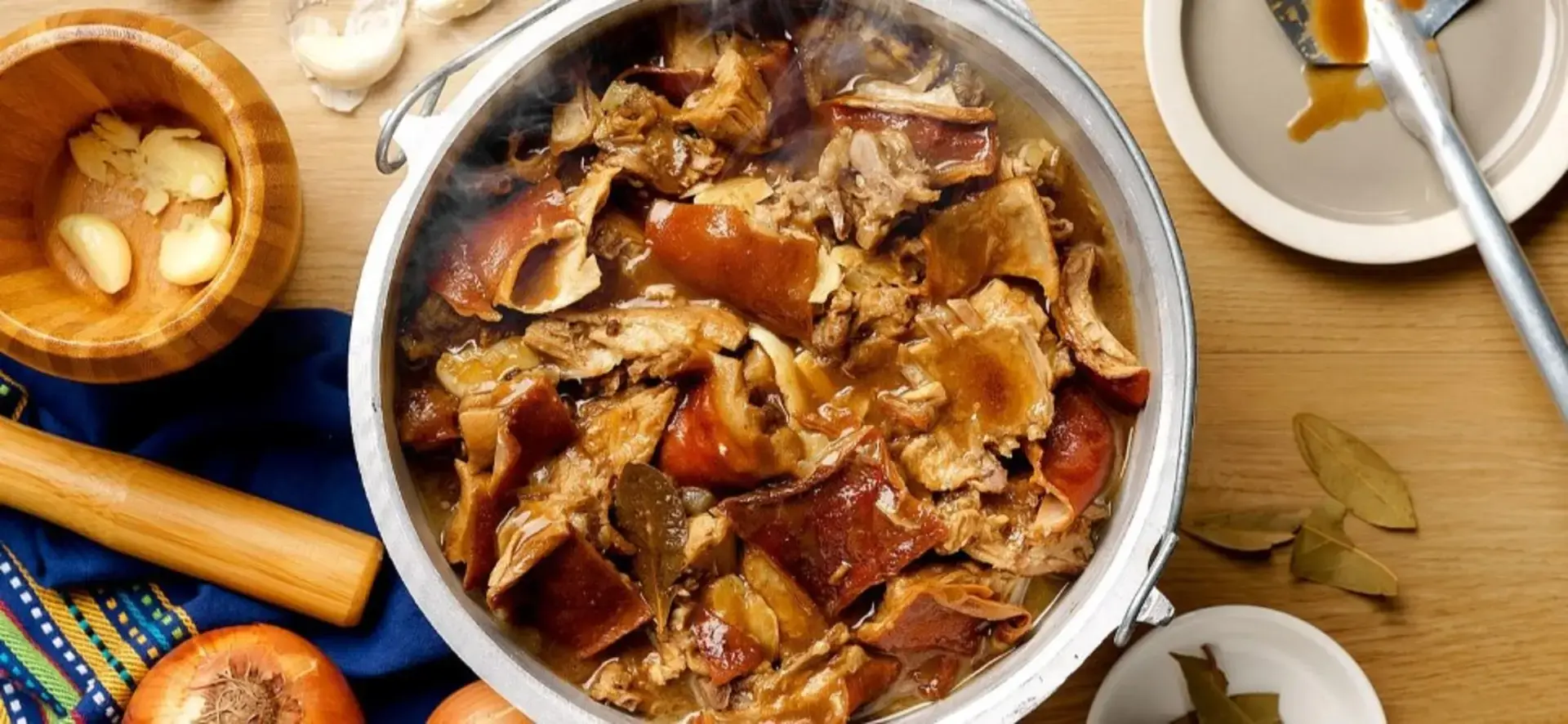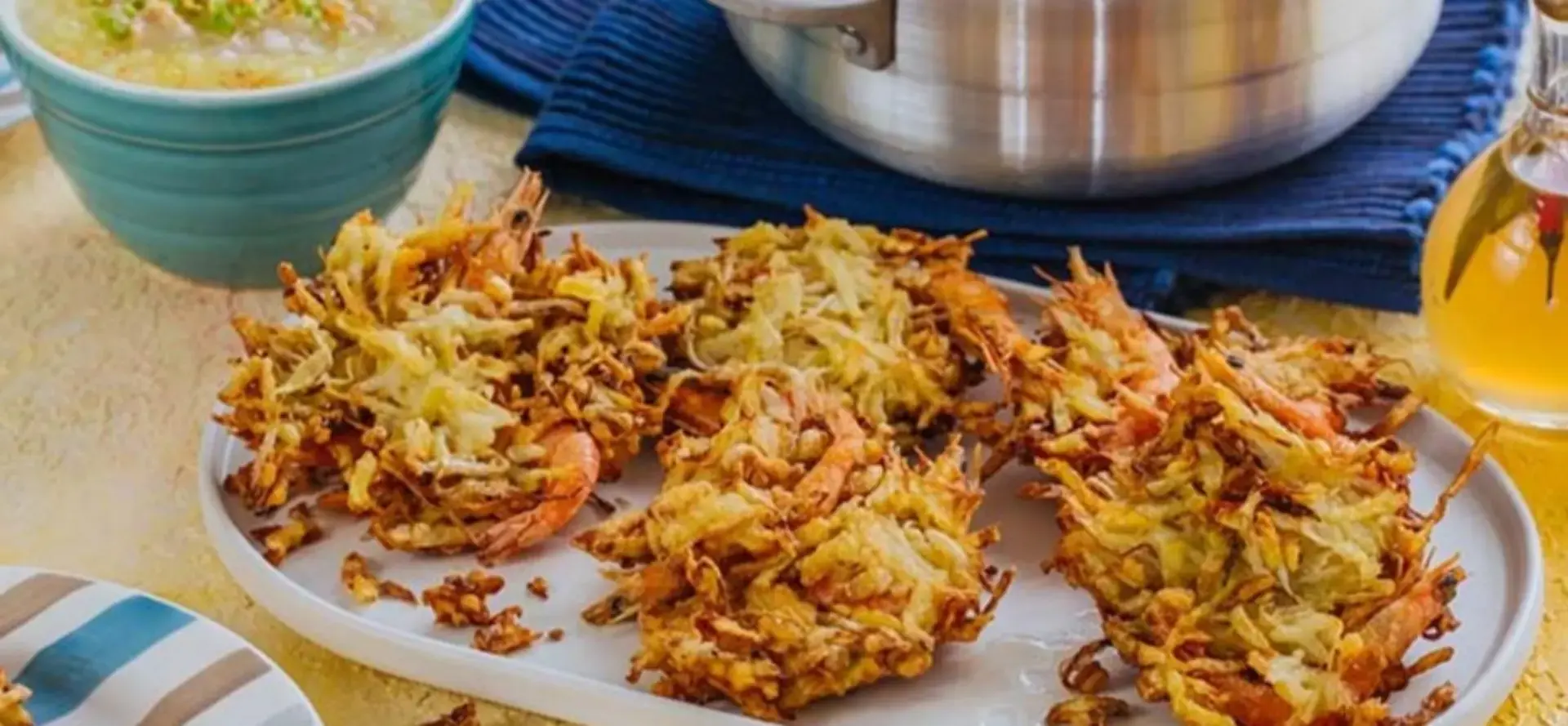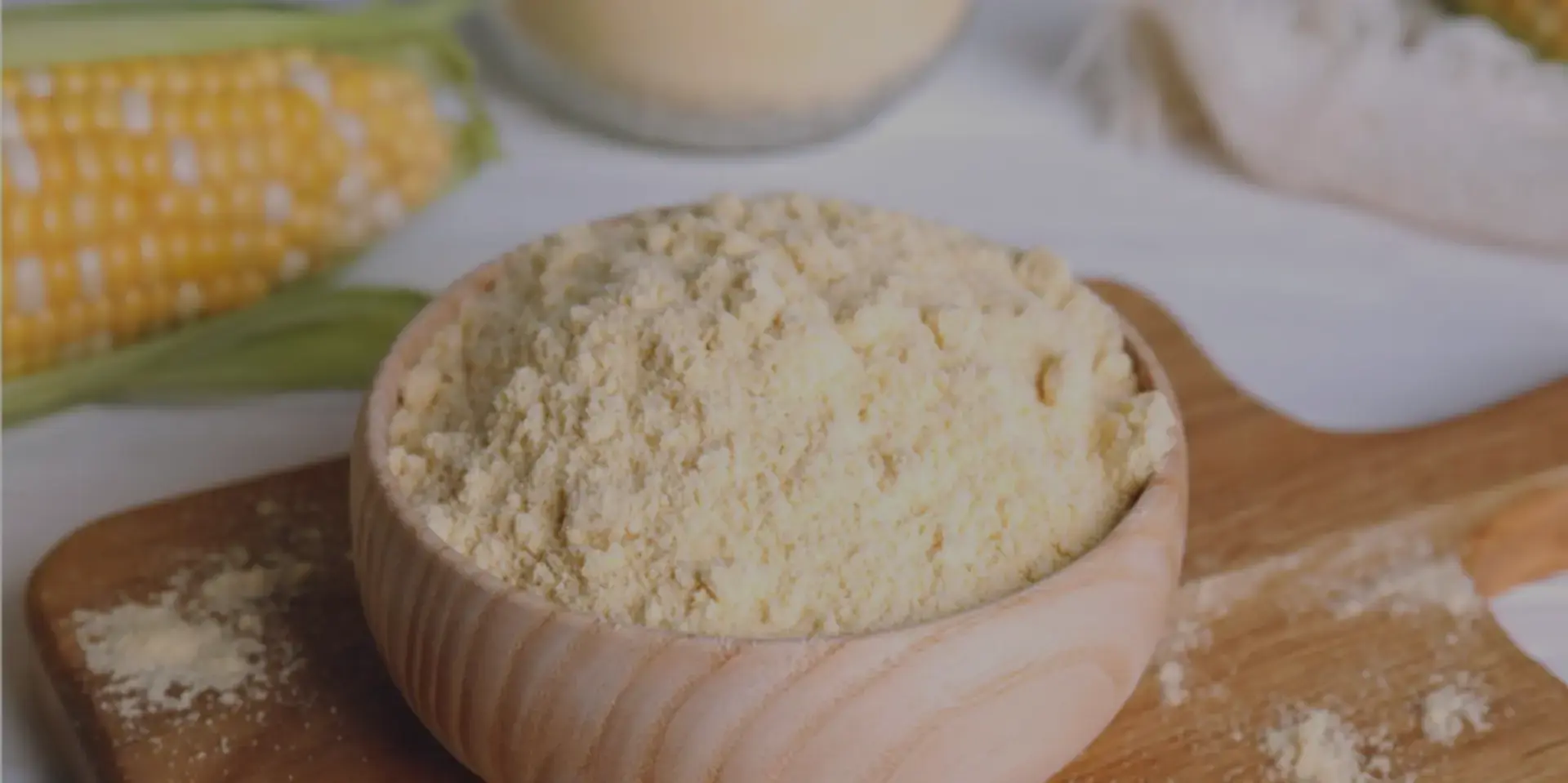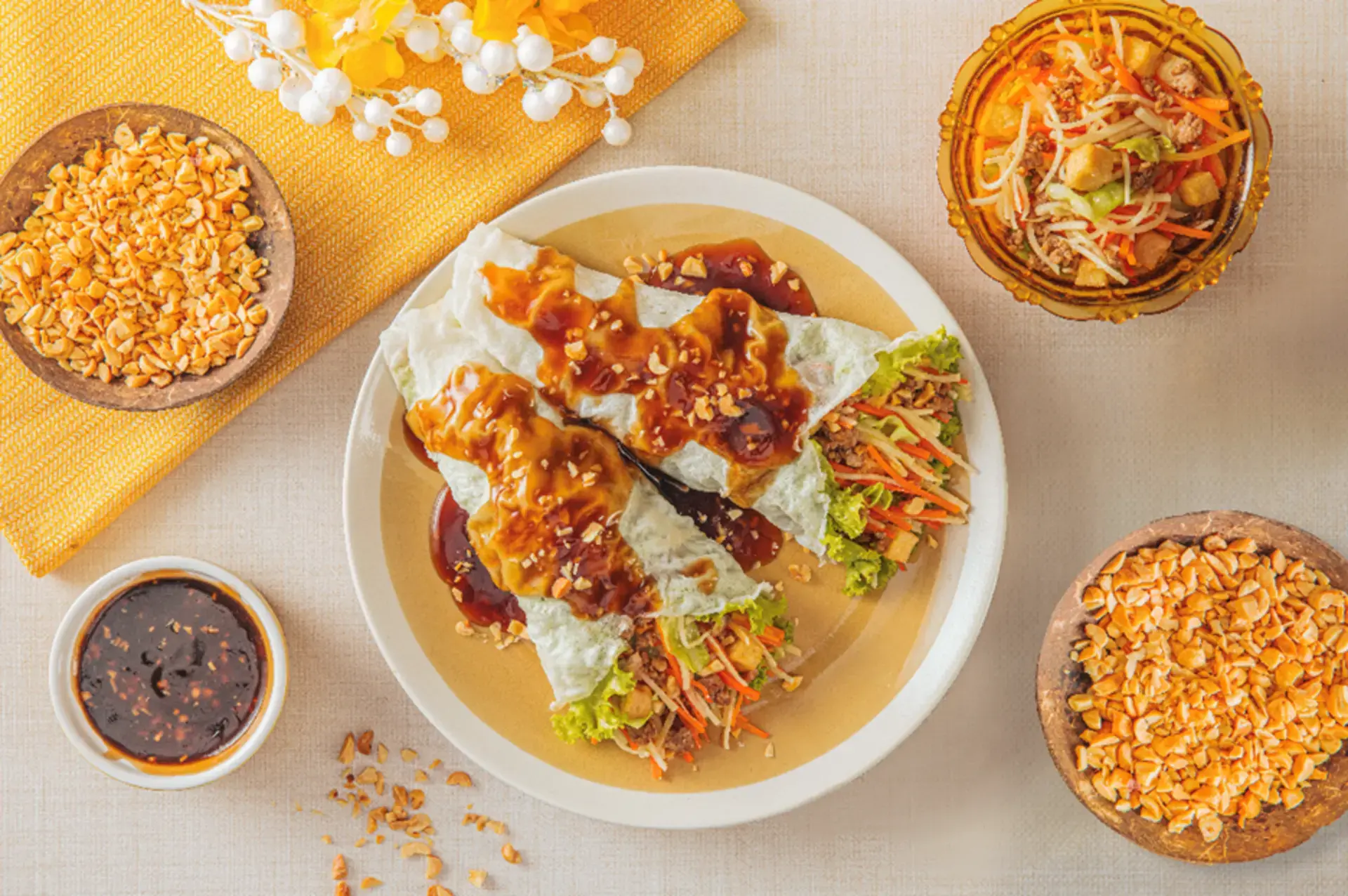Are you on a journey toward a more sustainable lifestyle? This can come in the form of using reusable items whenever you can, walking and biking to a nearby destination, or being more mindful of the amount of resources that we use. But did you know that there is one often overlooked area when we think of sustainable actions? It’s the kitchen!
Zero-waste cooking, as its name suggests, is about having no waste left behind when cooking meals. Is it possible, you ask? Yes, it’s definitely doable, and we’re here to help you lessen your food waste. The best thing about zero-waste cooking is that it also helps you stay within budget.
